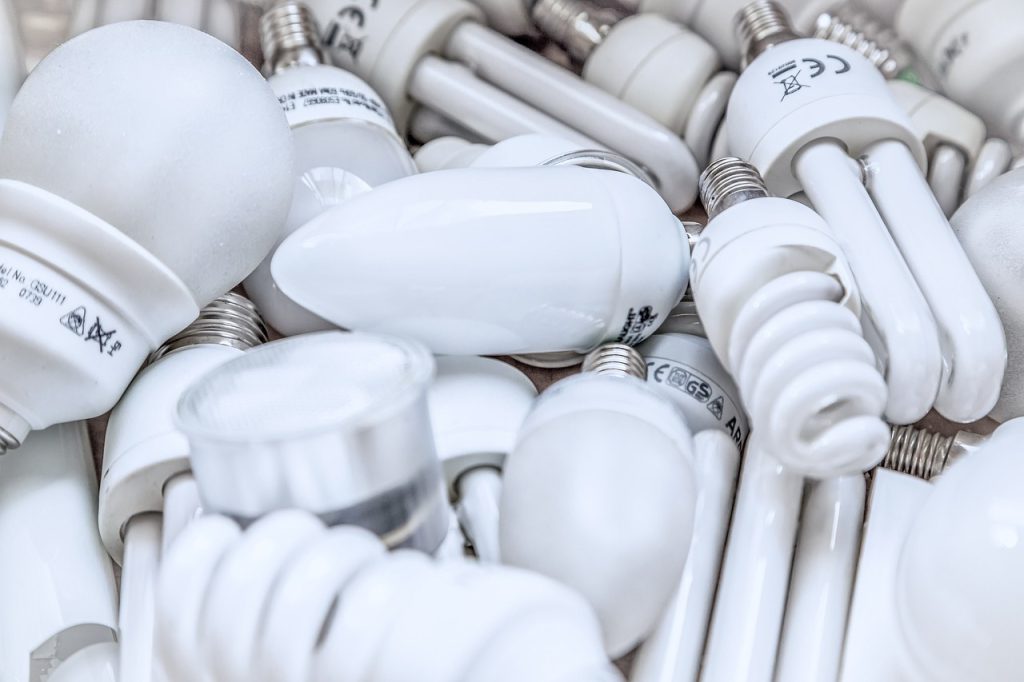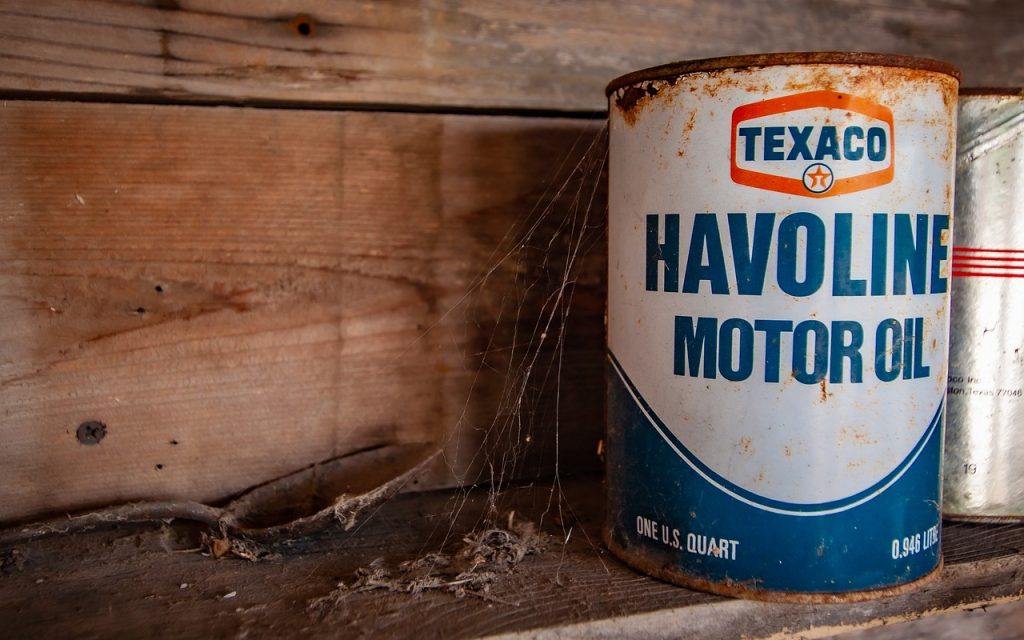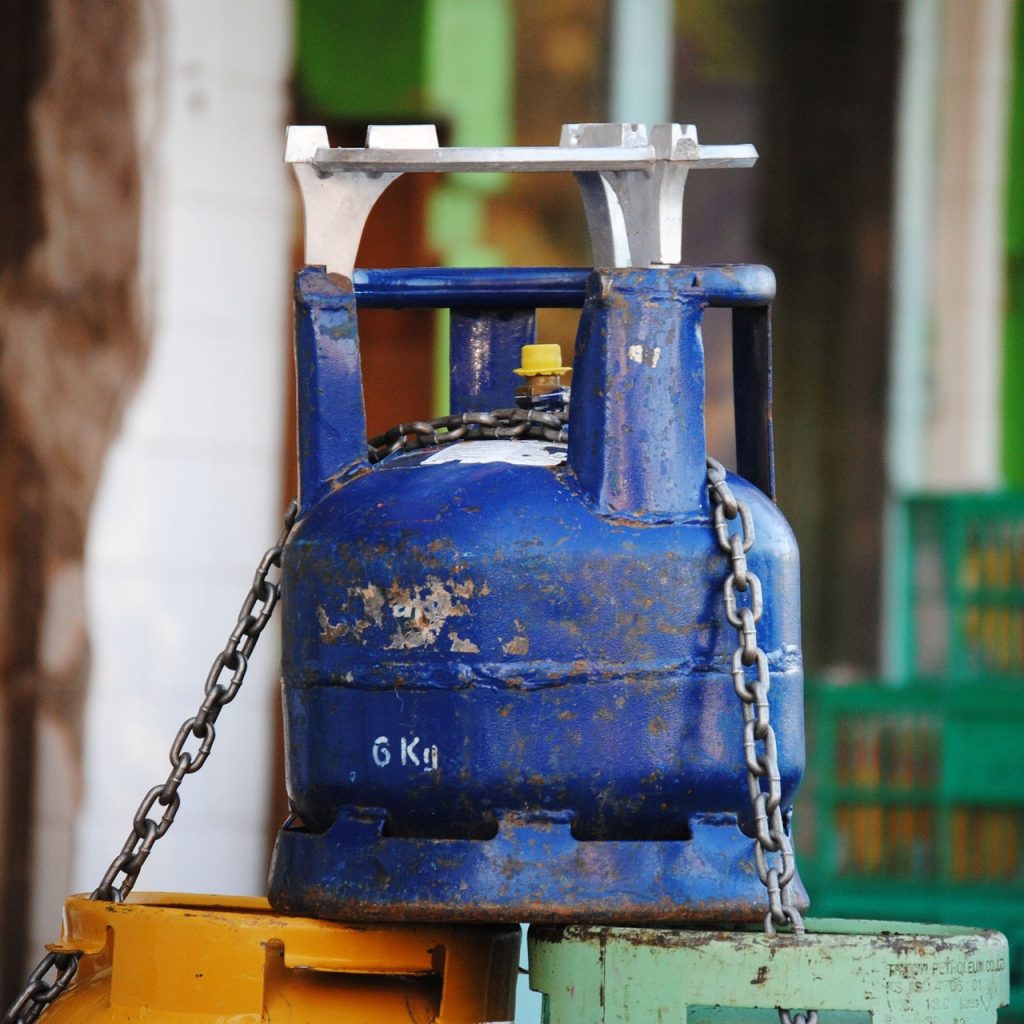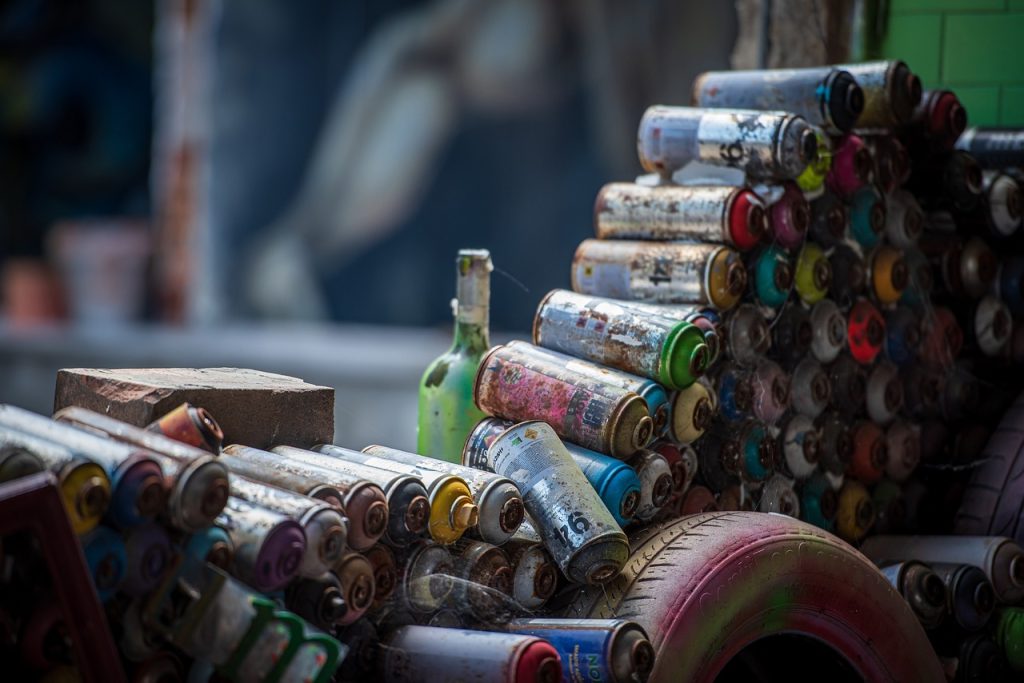- Ensure your lightbulbs are recyclable and not just solid waste.
- Store burnt-out bulbs safely at home.
- Research local recycling centers that accept fluorescent light bulbs.
- Never dispose of CFLs with regular solid waste.
- Reach out to local waste services providers or government agencies for proper disposal channels.
- Consider using energy company recycling programs or local waste management facilities.
- Check state and local regulations for specific disposal guidelines.
- Utilize services of retailers offering in-house recycling or disposal directions.
- For businesses, explore dedicated services for bulk bulb recycling.
- Stay informed and updated through portals like the EPA for recycling programs and collection sites.
Understanding How to Dispose and Recycle CFLs to Minimize Mercury Waste
It’s essential to understand how to dispose and recycle Compact Fluorescent Lightbulbs (CFLs) to minimize mercury waste. Simply tossing these into solid waste bins isn’t viable. That’s why learning how to recycle, effectively and safely, is quite significant. CFLs, when disposed of without care, pose risks to the environment due to their mercury content. Remember, your local waste services play a crucial role in this recycling process. You may use these services, provided by govt agencies or private companies, to ensure proper disposal. State laws also govern the disposal of such energy-consuming and potentially hazardous items. Accurate information regarding these laws and disposal practices can be found on various state and gov websites.
Moreover, recycling CFLs isn’t as complicated as it seems. Many resources and services exist to help citizens recycle, thus limiting mercury contamination. With some basic knowledge and effort, used or broken CFLs can be recycled effectively, minimizing waste while saving energy at the same time. Keep in mind to never dispose of these bulbs with regular solid waste. The key is knowing which services can assist you with this task. Going through the proper channels ensures that these bulbs get turned into recycled materials instead of ending up in a landfill. So, consider reaching out to your waste services provider or local gov for additional information and support.
Before disposal or deciding to recycle, make sure your lightbulbs are indeed recyclable and not just another addition to solid waste. Many types of bulbs, particularly energy-efficient ones like CFLs, should be recycled at the end of their lifespan. Check out reliable information portals and make use of web services to get a sense of which materials are recyclable. But remember, when it comes to CFLs, don’t just dispose — recycle!
An Insight on Recycling CFLs: Fluorescent Tubes and Light Bulbs
It’s not a secret that our planet is in need of us cleaning up after ourselves, and recycling is a huge part of that. Particularly when it comes to items like fluorescent light bulbs. Yes, when we talk about recycling, it’s more than just paper, plastic, and aluminum. We must also consider our light bulbs, fluorescent lights, and even those lengthy fluorescent tubes. Recycling these items might be a bit more complicated, but every bulb we recycle is one step towards a cleaner environment.
Why should we put so much effort into recycling our fluorescent light bulbs? Well, items like fluorescent tubes and compact fluorescent lamps (CFLs) contain trace amounts of mercury. This toxic substance, even in small quantities, can have devastating effects on our environment. So, instead of tossing these bulbs into the regular garbage, we need to ensure they’re sent to specialised recycling centres. Making this a part of your usual recycling routine becomes an act of environmental stewardship.
Recycling fluorescent tubes, CFLs, and those typical light bulbs, start at home by safely storing the burnt-out bulbs until you can take them to a recycling centre. But, please be aware that not all recycling centres accept these items, so it’s vital to do some research on your local facilities before you set out with a box full of used fluorescent light bulbs. Finding the right recycling centres can transform your bulb waste into a valuable resource for manufacturing new bulbs.
This page is dedicated to making recycling more accessible, tangible, and more effective for everyone. By using the information provided on this page, you can make real strides in your recycling efforts. So, for all the light lovers out there, this is your guide to ensure we can continue to light up our lives while also taking care of the environment. Remember, every light bulb counts. Let’s think recycling, and keep our environment safe.
Recycled Fluorescent Bulbs and the Importance of Reducing Mercury Exposure
Recycling fluorescent bulbs is not only a green initiative, it’s key in curbing hazardous mercury exposure. Mercury, a toxin found in various quantities in every bulb, poses serious risks. When delicate bulb structures are broken, it’s this harmful mercury that’s released into the atmosphere. Consequently, it’s crucial we recycle these bulbs to reduce potential harm.
Interestingly, it’s not just the bulb that’s recycled. In fact, even the mercury contained within the bulb can be recycled. With advanced recycling processes, hazardous mercury is carefully extracted from each bulb and repurposed into new bulb structures. This approach significantly reduces mercury waste, making bulb recycling a truly sustainable practice.
So, you’re probably wondering, how can you get your used fluorescent bulbs recycled? Well, there’s good news. Many energy companies have recycling programs, where you can drop off your used bulbs. Additionally, many local waste management facilities also offer services for bulb recycling. All it takes is a bit of initiative from light lovers to make a big difference.
Remember, even if a bulb is long past its lifespan, there’s still value to be extracted. Whether it’s the precious mercury or the energy-saving design, each fluorescent bulb holds potential beyond its lighting life. Plus, you’ll be saving on energy consumption with each recycled bulb since making new bulbs from scratch requires more energy.
There’s no doubt that fluorescent bulbs offer a multitude of benefits, from energy savings to longevity. However, safe disposal of these bulbs when they’ve run their course can’t be stressed enough. By doing your part and taking a few extra steps to recycle your used bulbs, you’re not only making your home safer but also contributing significantly to a cleaner, greener earth.
Safe Ways to Dispose Mercury-Containing Light Bulbs and Minimize Harmful Waste
Knowing how to properly dispose of fluorescent light bulbs and minimize harmful waste is essential. The process involves attention to local, city, and state waste management regulations that outline trash disposal protocols. This thorough strategy ensures the safe disposal of hazardous waste that contains mercury.
Mercury-containing light bulbs are not your everyday trash. They require specific disposal practices to prevent their hazardous waste from harming our environment. Rather than trashing it, consider using services provided by your local waste management authority. Some cities also host special events to collect such waste. Furthermore, consult your state guidelines for even more disposal options. Many areas have established programs that focus on helping citizens manage their waste responsibly.
There are reputable services dedicated to combating harmful waste and encouraging proper light bulb disposal. These services are available to provide guidance, collection sites and in certain scenarios, pick-up services. They help ensure you dispose of your light bulbs correctly, minimizing your mercury waste.
Retailers can also aid in ensuring we responsibly dispose of our bulbs. Some store locations offer in-house recycling programs, while others can direct you to local disposal services. In some states, services are even offered to businesses that use large numbers of bulbs. While it might seem easier to just toss your burnt-out bulbs in the trash, taking the extra steps to dispose of them correctly has meaningful benefits.
Reuse and recycle are essential concepts to incorporate into our lifestyle to preserve the environment. To understand more about these recycling programs or find dedicated collection sites, visit the EPA or other information portals. Recycling not only puts your old fluorescent lights to good use but also reduces the risk of mercury exposure. So take part in this movement, become a light lover who cares about the environment.




